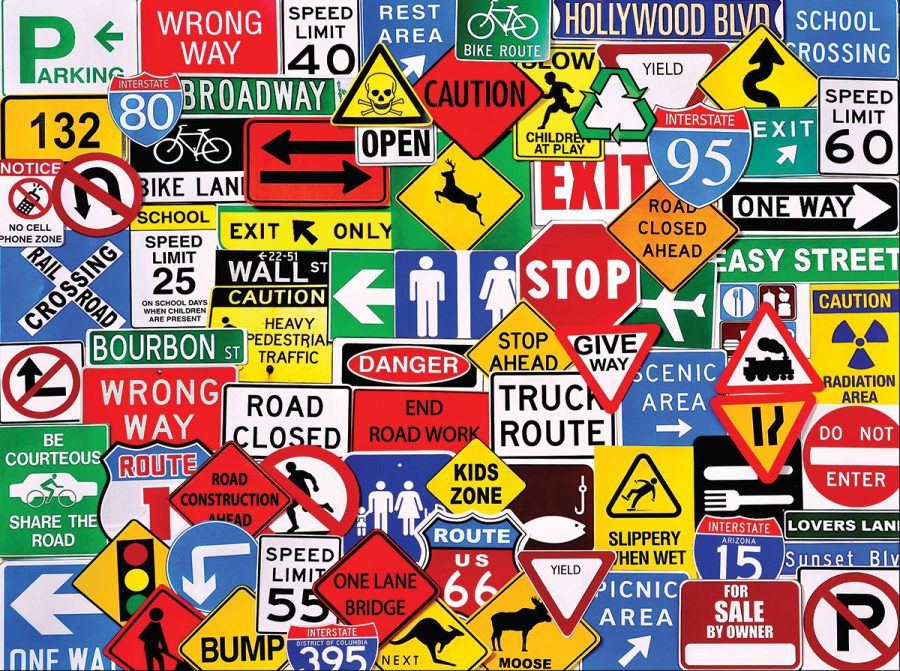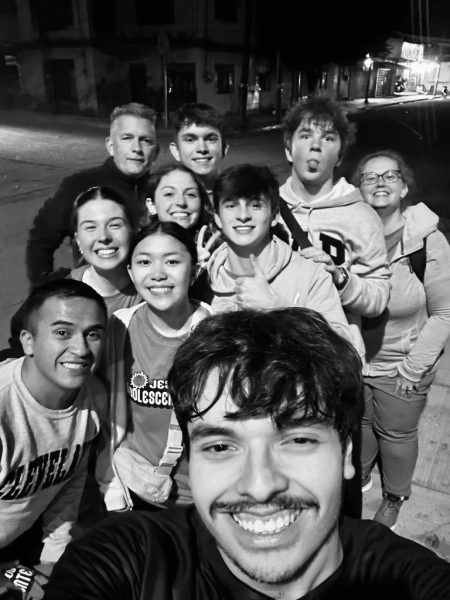The Visor driving guide
Odds are, your high school career will be separated into two very distinct phases: the time before, and after, getting your license.
Why this distinction? Because getting your license is one of the last great American rights of passage. The process of obtaining this plastic permit of freedom is a relic of time immemorial, a last vestige of the days when you could smoke on airplanes, houses contained asbestos, lawn darts were legal and we liked it that way.
In less obtuse terms, getting your license is far too easy. Compared to most other developed nations, our driver’s exam is a veritable cake-walk. As long as you’ve been physically present in a driver’s education class for 24 hours, have a guardian willing to sign on the dotted line and have eight driving hours with an instructor who may-or-may-not have been on the verge of senility, you’re pretty much set.
I wouldn’t hesitate to say it’s harder to register for the ACT than it is to legally operate a screaming metal death trap. Probably for tax revenue. Such is life, I suppose.
So yes, maybe you slept through 70 percent of your driver’s education classes before blowing a red light and two stop signs during your In-Cars and sure, you may still not understand those pesky right of way rules, but your odds of passing the test remain fairly high. To prevent future catastrophe for yourself and your fellow motorist, the Visor staff has compiled a driving cheat-sheet of sorts.
- Use your blinkers
Somewhere in the storied history of American driving, it became uncool to use your turn signals. You know what’s a lot less cool than using your blinkers? Getting a ticket for failure to signal. Which is, in fact, quite uncool.
2. Don’t speed
Speeding is a natural inclination for almost all drivers. However, anything 10 Mph or more over the speed limit is not very advisable. If it feels too fast, it probably is.
3. Don’t trust your car
Give yourself plenty of room when stopping and slow down when turning, lest your vehicle throw itself into a nearby tree or the bumper of the driver in front of you.
4. Learn some basic maintenance
Understanding some basic tasks, such as how to change a tire and check your oil and coolant levels will make your life a whole lot easier. Not having to wait for Triple A when you blow a tire or overheat can save you hours of inconvenience.
5. Turn on your lights
Think of turning on your lights as an automatic step before you drive. More so for others than yourself, having your lights on makes you easily visible to other drivers.
6. Practice snow driving
If you plan on driving at all between the months of December and March, it’s a good idea to try driving in the snow. Going to a nearby parking lot and practicing your skills will help your confidence immensely.
More than anything else, remember to drive more carefully than you think you should. As long as your driving habits are reasonably prudent, you should enjoy a high school career (relatively) free of motoring troubles!




